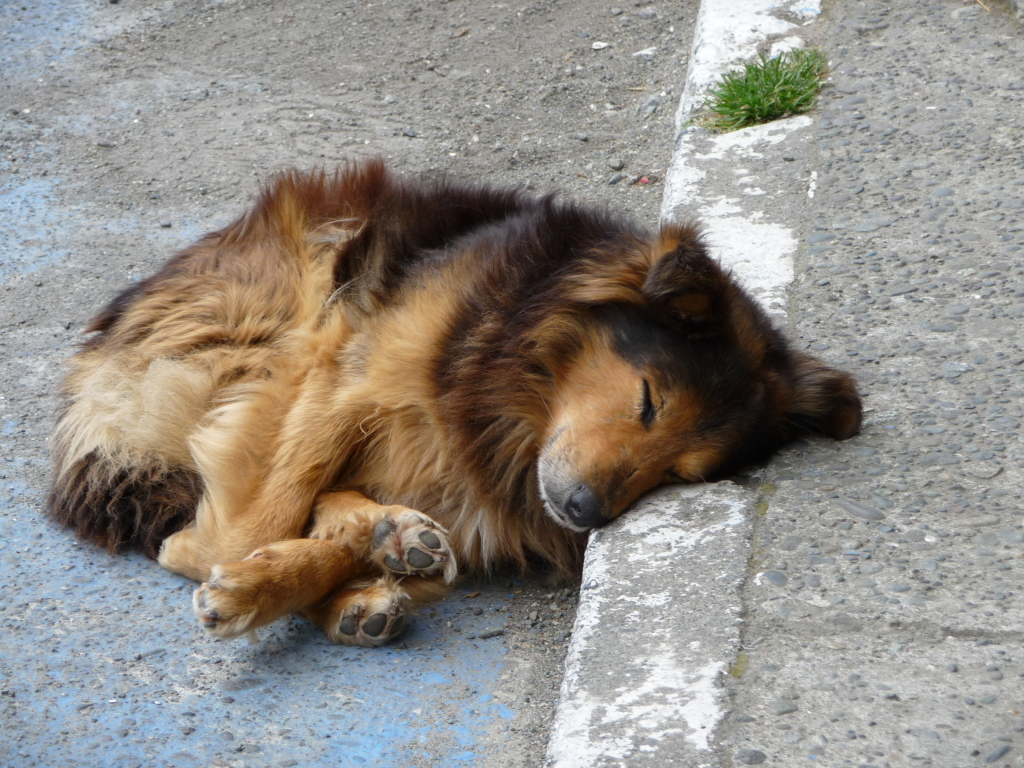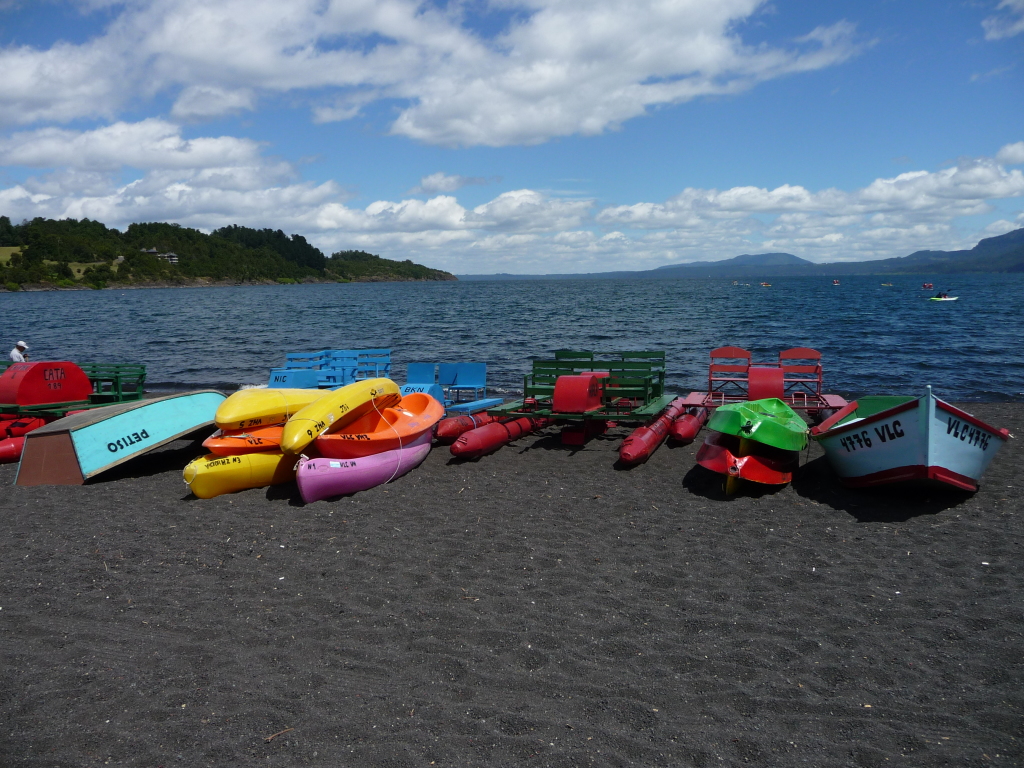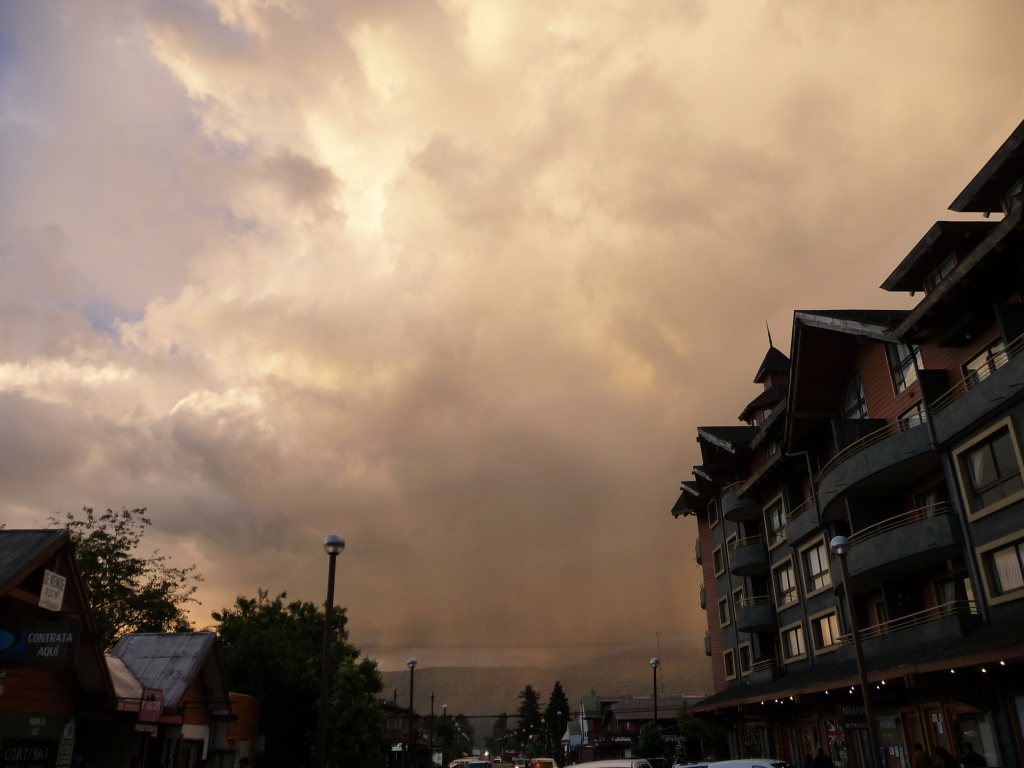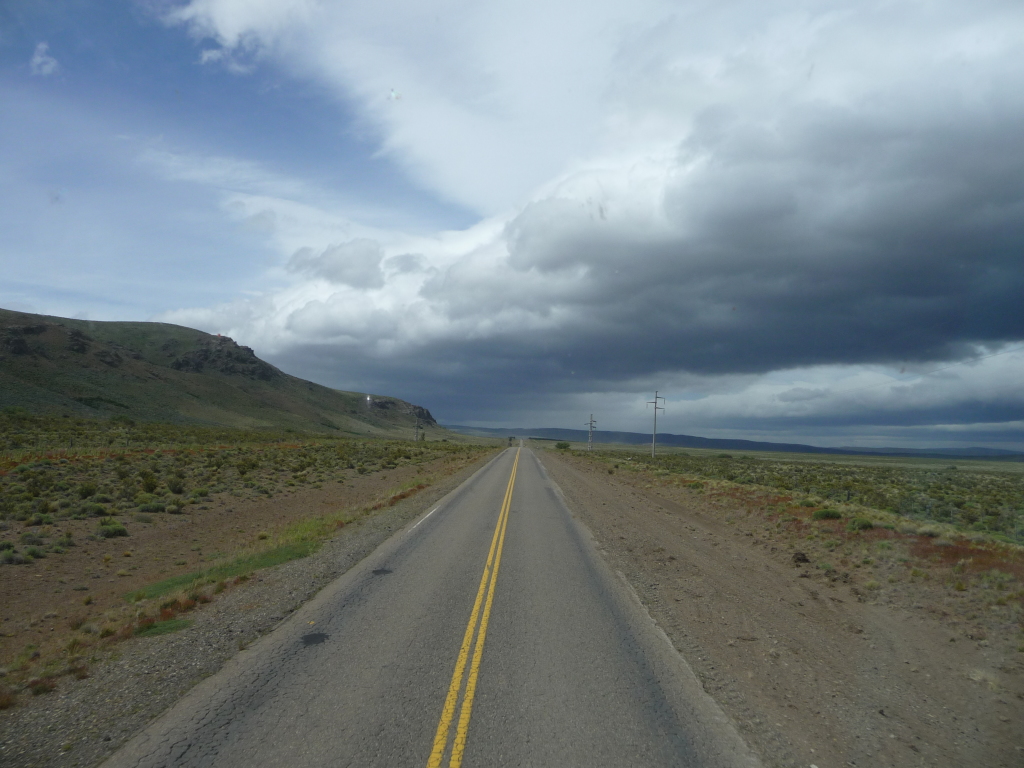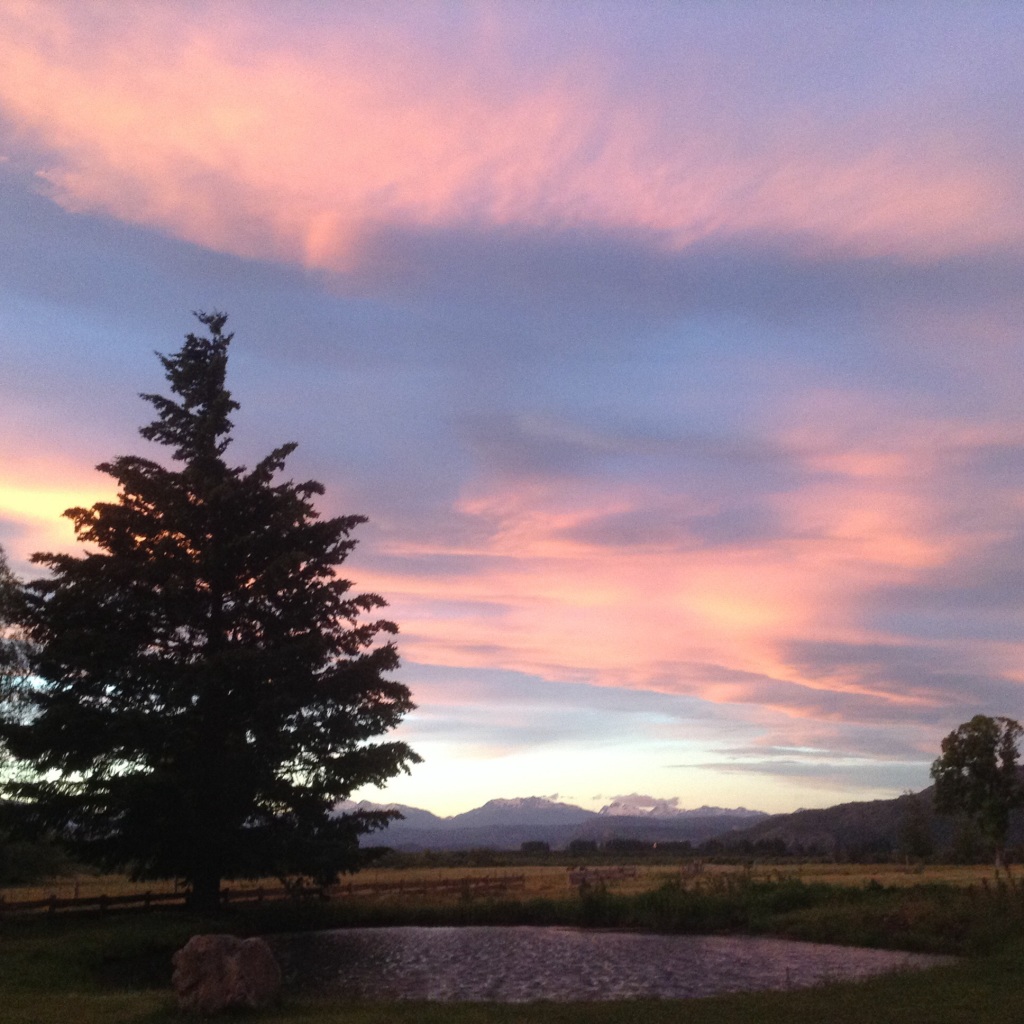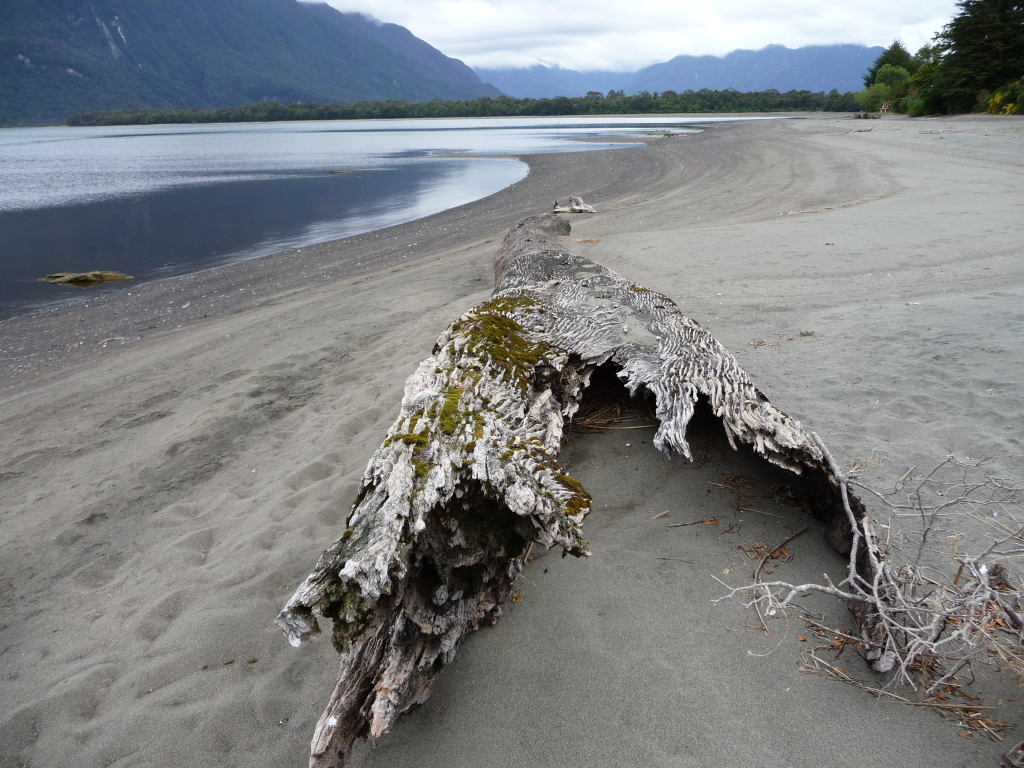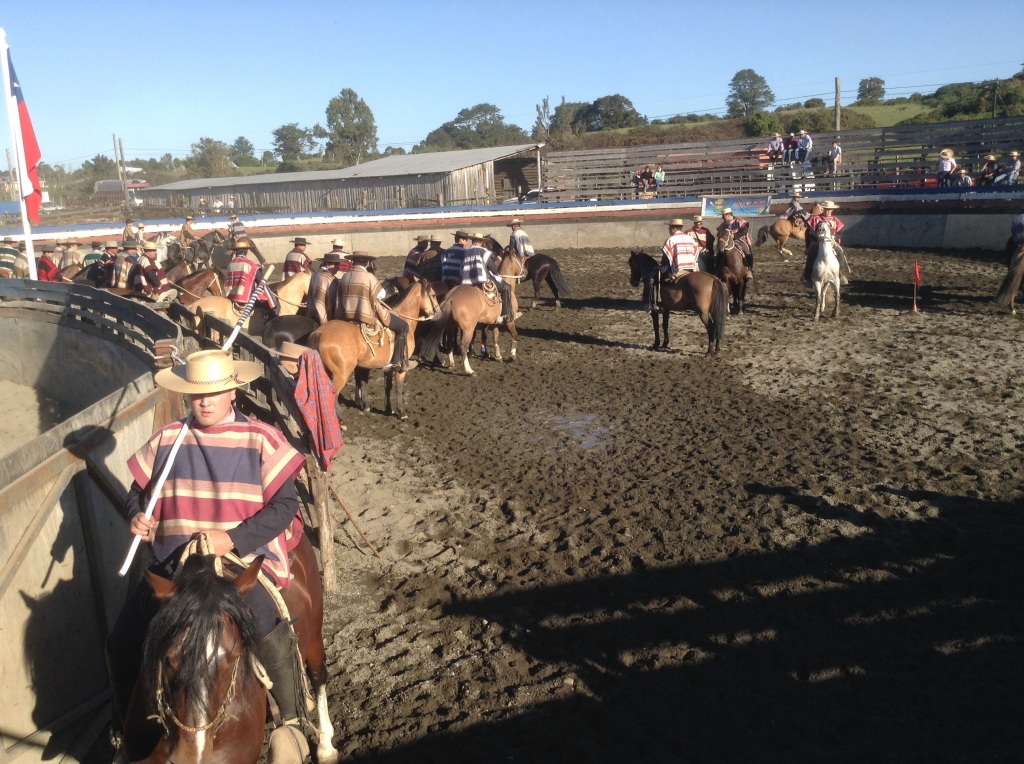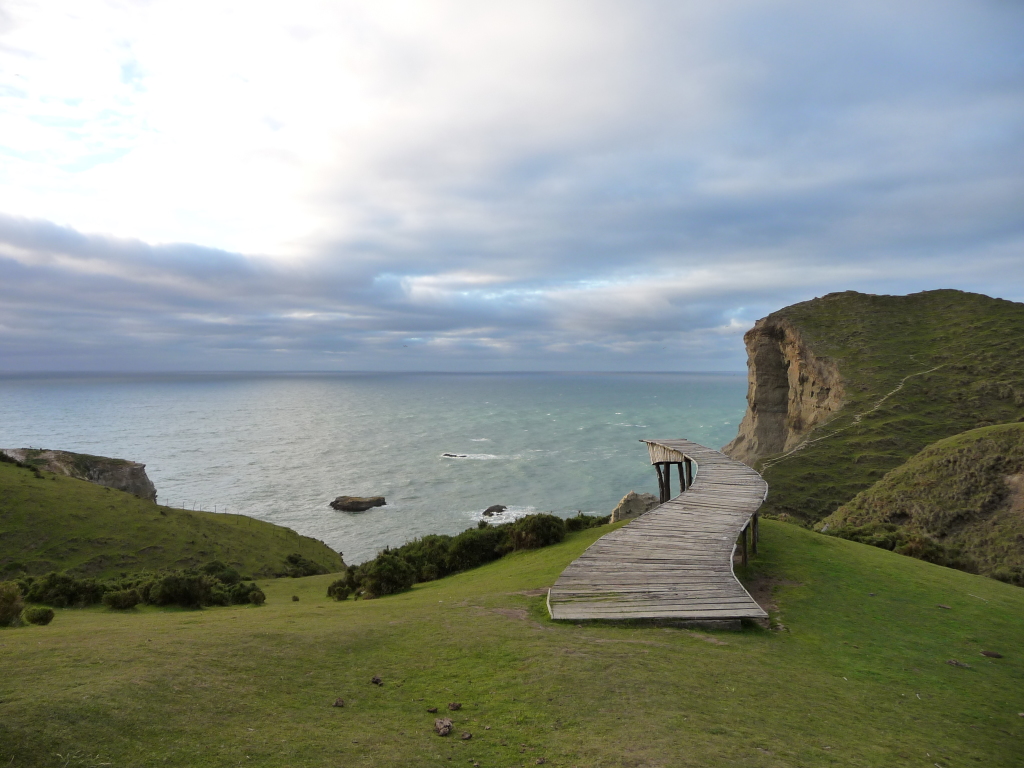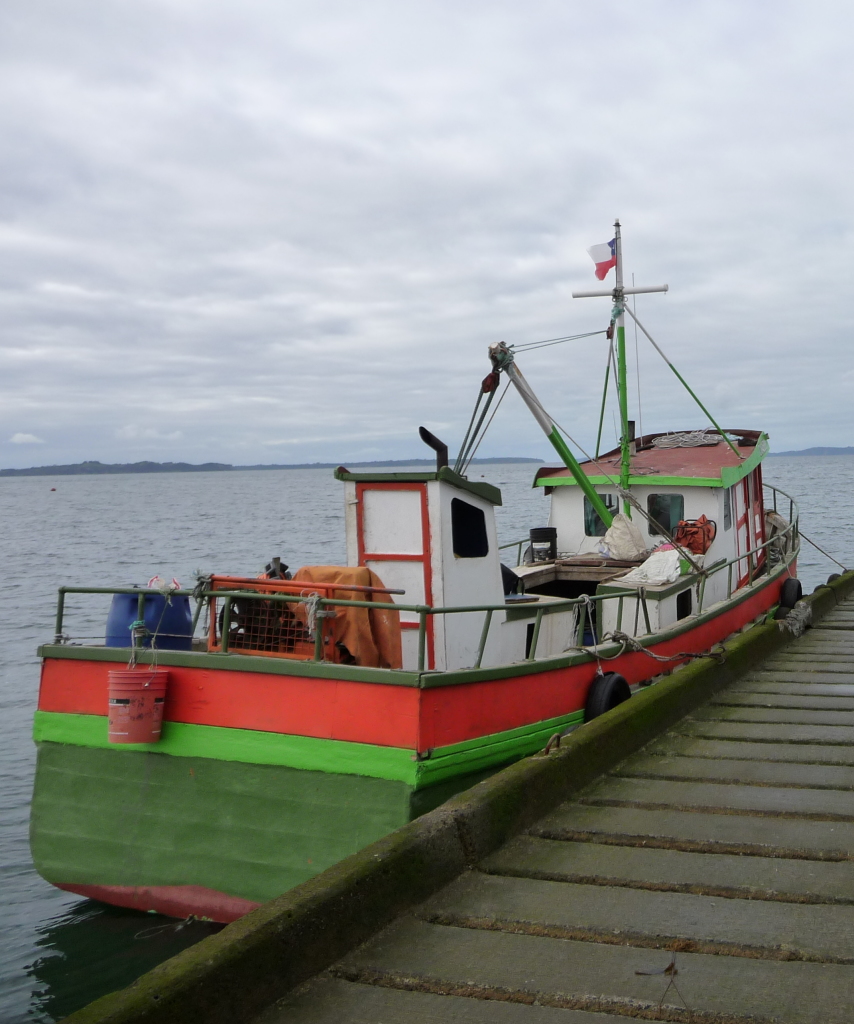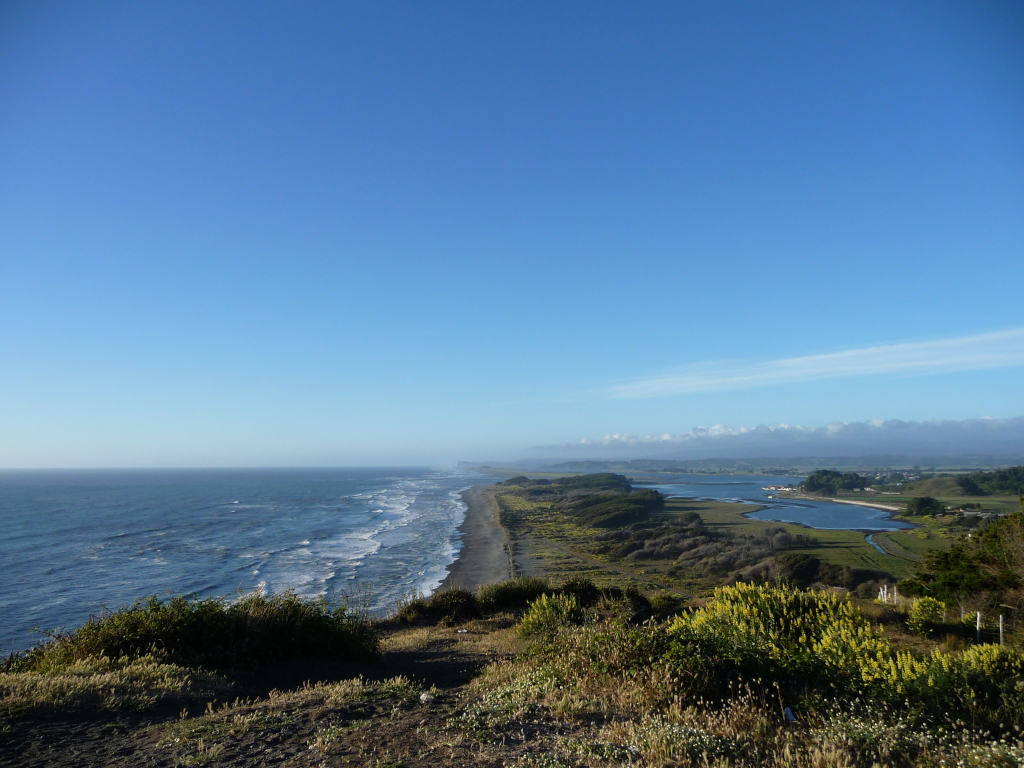 Dec 22-25 DAYS 34-37
Dec 22-25 DAYS 34-37
While waiting for the bus in Temuco for the seaside town of Puerto Saavedra, a woman, Judith, and I began speaking. Learning I was from New York, she told me her brother had just returned from Harvard. They lived in Nuevo Imperial. It was en route to my destination, she invited me to her home, and I couldn’t refuse. Thus I met Diego, who spoke English flawlessly, an autodidact. Seven months prior he had written letters seeking an opportunity to study dentistry for a semester at the school of his dreams. His tenacity and gumption paid off. He had just passed his final exams, and was now a dentist-quite an accomplishment for someone only twenty-three. Judith failed to mention our encounter and my showing up in his living room was a surprise.
I spent the afternoon meeting the other family members and Diego gave me a guided walking tour of the town. Edith, the mother, demonstrated how to properly prepare my new gourd with mate tea and before I left, filled a jar with the leaves to take with me. They invited me to spend Christmas with them. It was a hard offer to decline.
I arrived in Puerto Saavedra at the pink hued hour before sunset.
The sleepy beach town with a few shops offering provisions, cabanas and a restaurant was all I needed for a memorable and delightful stay. I met Devora that first evening who ran the only dining option in the immediate area. When I inquired when it was open, she replied,”When I’m here.” Her’s was not the only business adhering to similar guidelines.
Days were spent reading, writing, strolling along the shore, and getting to know the residents. This included an extremely persistent cat seeking and finding affection.
